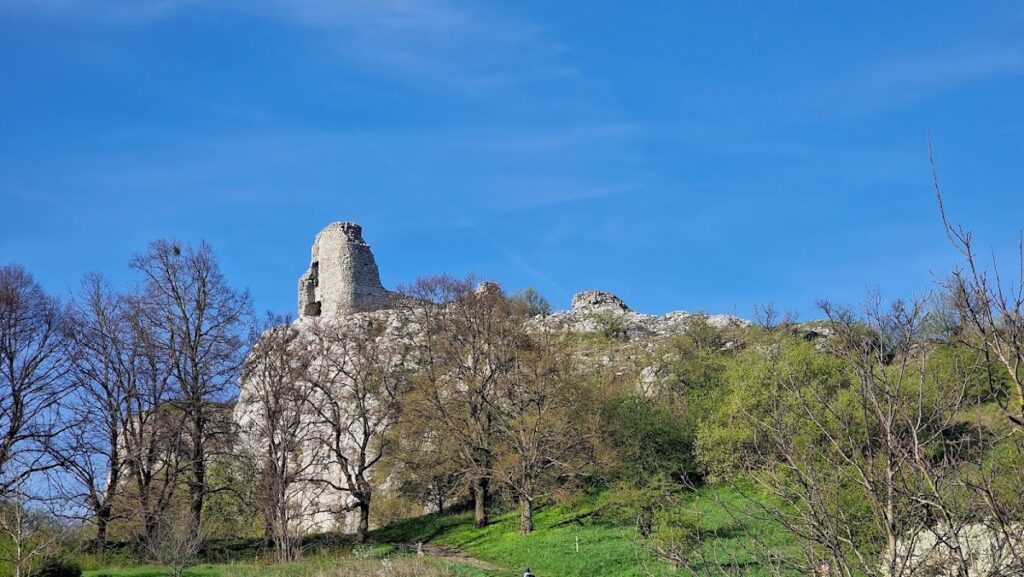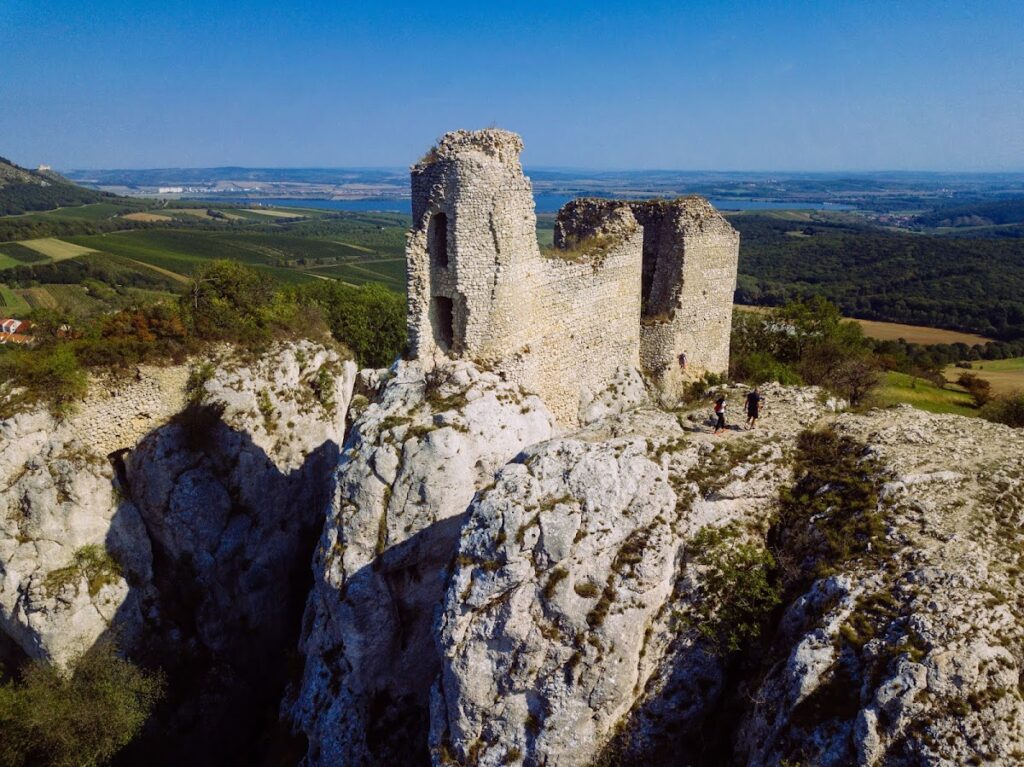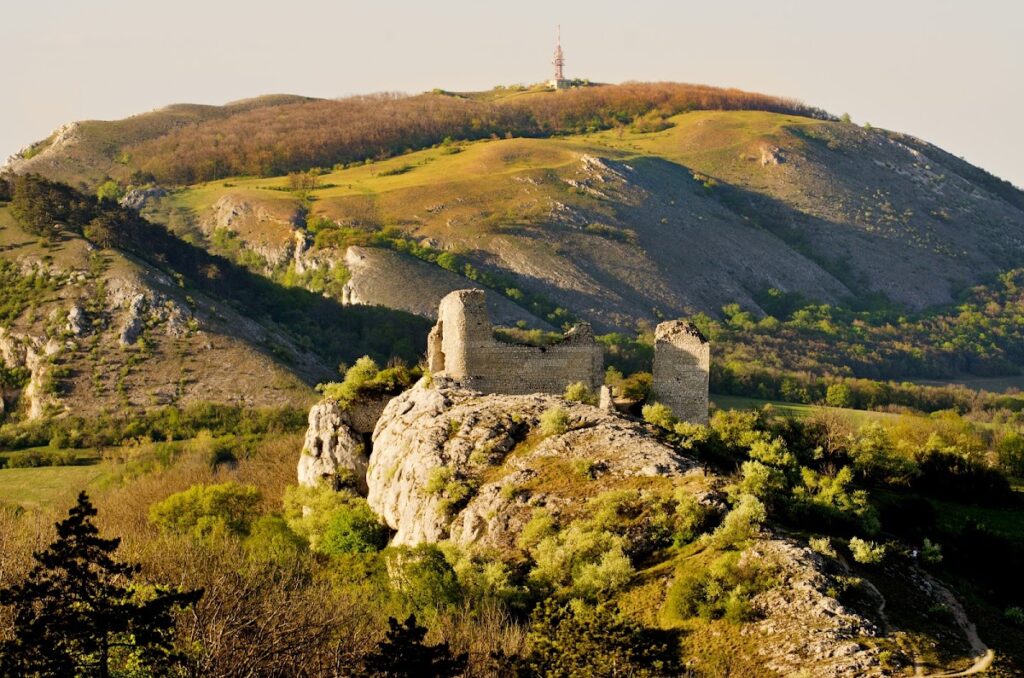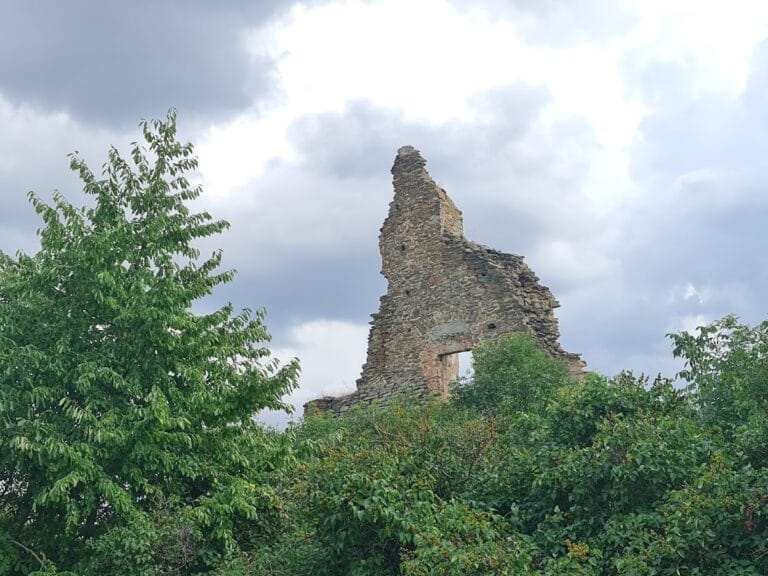Sirotčí hrádek: A Gothic Castle Ruin in the Czech Republic
Visitor Information
Google Rating: 4.8
Popularity: Medium
Google Maps: View on Google Maps
Official Website: turistickamapa.cz
Country: Czechia
Civilization: Unclassified
Remains: Military
History
Sirotčí hrádek is a Gothic castle ruin situated within the municipality of Klentnice in the modern Czech Republic. It was originally constructed in the mid-13th century by a branch of the Swabian Wehingen family, specifically founded by the knight Siegfried Sirotek. This noble family established the castle as a stronghold in the region during the medieval period.
Following the extinction of the Wehingen family line, the ownership of Sirotčí hrádek passed to King Wenceslas III in 1305. His reign was cut short by assassination in 1306, after which the Liechtenstein family took control of the castle. By the latter half of the 16th century, the property had come into the possession of the Dietrichstein family. Historical records indicate that by 1575, the castle was already abandoned and was described as desolate only fifteen years later, in 1590. Notably, the castle does not appear in the land registry documents dated 1560, suggesting it may have been out of active use earlier.
Despite the castle’s decline, a chapel on the site reportedly remained preserved into the 18th century, though further details about its condition or religious function during this time are not documented.
The castle is connected to a local legend involving a Templar knight named Ččicos and his son Orphanus. The tale recounts a tragic betrayal leading to imprisonment, execution, and madness, highlighting the castle’s role in regional folklore and cultural memory.
Remains
Sirotčí hrádek is built upon two separate limestone cliffs divided by a deep gorge, with the primary section located on the southern rock. This site layout created a natural defensive position, characteristic of Gothic hilltop castles. Across the gorge, the northern rock once supported a prismatic, or rectangular, watchtower, although today only small fragments of masonry survive there and the area cannot be accessed.
On the smaller plateau of the southern rock stood a three-story palace, parts of which remain visible. Sections of this palace rise several meters high and include three distinct window openings, two of which feature pointed (broken) arches typical of Gothic architecture. Surrounding the castle was a protective rampart paired with a wooden palisade, though details of these elements now exist only as traces or foundations.
A castle wall on the southern cliff remains largely intact, reaching heights of up to eight meters and containing a central window opening that provides a glimpse into the building techniques of the era. Close to this southern wall lies a cistern carved directly into the limestone rock, which was used to store water for the castle’s inhabitants.
The remains lie at an elevation of 458 meters on the northern edge of Stolová hora within the Pavlov Hills, an area designated as a national nature reserve and protected landscape. From the ruins, one can view several historically important sites, including nearby Děvičky Castle, the Devín Castle across the Slovak border, and various natural landmarks such as the Nové Mlýny reservoir and the White Carpathians. These views reflect both the castle’s strategic location and its connection to the wider landscape.
Since the mid-20th century, Sirotčí hrádek has been formally recognized as a cultural monument, ensuring protection for its remaining structures and acknowledging its historical importance. The site’s evocative ruins have also been featured in Czech cinema, underscoring its enduring presence in the nation’s cultural heritage.










